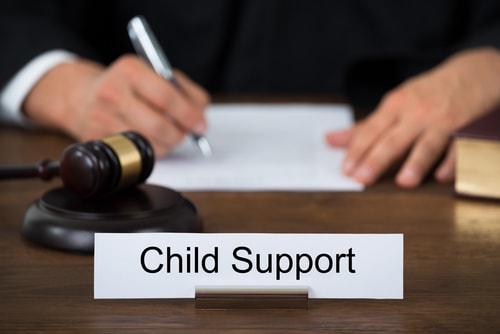116 N. York Street, 3rd Floor, Elmhurst, IL 60126
 312-605-4041
312-605-4041
Understanding How Illinois Child Support Law Changed in July 2017
 When parents end their marriage in divorce, the parent who retains primary custody of the couple's children usually receives child support from the other parent. For the past several decades, the law in Illinois determined the amount of these child support payments using a straightforward calculation. The paying parent would be obligated to pay a percentage of their net income based on the number of children being supported. However, this method no longer addresses the financial realities of many families, since both parents now typically earn an income and contribute to their children's care.
When parents end their marriage in divorce, the parent who retains primary custody of the couple's children usually receives child support from the other parent. For the past several decades, the law in Illinois determined the amount of these child support payments using a straightforward calculation. The paying parent would be obligated to pay a percentage of their net income based on the number of children being supported. However, this method no longer addresses the financial realities of many families, since both parents now typically earn an income and contribute to their children's care.
Illinois recently modified its child support law to reflect these changing realities, and these changes went into effect on July 1, 2017. Under the new law, child support obligations will be based on both parents' incomes, and the amount of parenting time and parental responsibility each parent has will also be taken into account.
Calculating Child Support under the New Law
The first step courts will take to determine the amount of child support is to establish each parent's net income. This is done using a Gross to Net Income Conversion Table, which is provided by the Illinois Department of Healthcare and Family Services. The parents' individual net incomes will be added together to determine a combined net income, and each parent's percentage share of that combined income will be calculated.
For example, if Mark earns a gross income of $3,500 per month and Karen earns a gross income of $2,500 per month, and Karen is the custodial parent of one child, the table shows that Mark's net income is $2,752 and Karen's net income is $2,073. Their combined net income is $4,825. Mark's percentage share of this income is 57%, and Karen's percentage share is 43%.
The parents' combined net income will be used to determine a basic support obligation, which is the amount that parents at that combined income range would typically spend to care for their children. An income shares schedule, which is a table provided by the Illinois Department of Healthcare and Family Services, will be used to find the amount of the basic support obligation. Each parent's percentage share of the combined income will be applied to the basic support obligation to determine the amount that they are responsible for.
Using the example above, the basic support obligation for one child at the combined income of $4,825 is $926. After applying each parent's percentage share to this amount, Mark's portion of the basic support obligation is $527.82, and Karen's portion is $398.18. Since Karen is the custodial parent, it will be assumed that she will directly use her portion of the obligation to care for the child, and Mark will pay Karen $527.82 in child support each month.
In some cases, additional calculations may need to be made to further divide the amount of the basic support obligation based on the number of overnight stays the children have with each parent. This occurs in cases of shared physical care, in which children stay overnight with each parent for 146 days or more in a year.
Contact a Skokie Child Support Attorney
The new Illinois child support law can have a major impact on your finances following your divorce. If you want to learn more about how to determine the amount of child support you will pay or receive, you should get in touch with the family law attorneys at Weiss-Kunz & Oliver, LLC. We will answer your questions, help you understand your rights and obligations, and advocate for you throughout the divorce process. Contact an Elmhurst child support lawyer at 312-605-4041 to schedule a consultation.
Sources:
https://www.illinois.gov/hfs/ChildSupport/parents/Pages/IncomeShares.aspx
https://www.illinois.gov/hfs/SiteCollectionDocuments/IncomeSharesOverviewPublicVersionRC.pdf




















